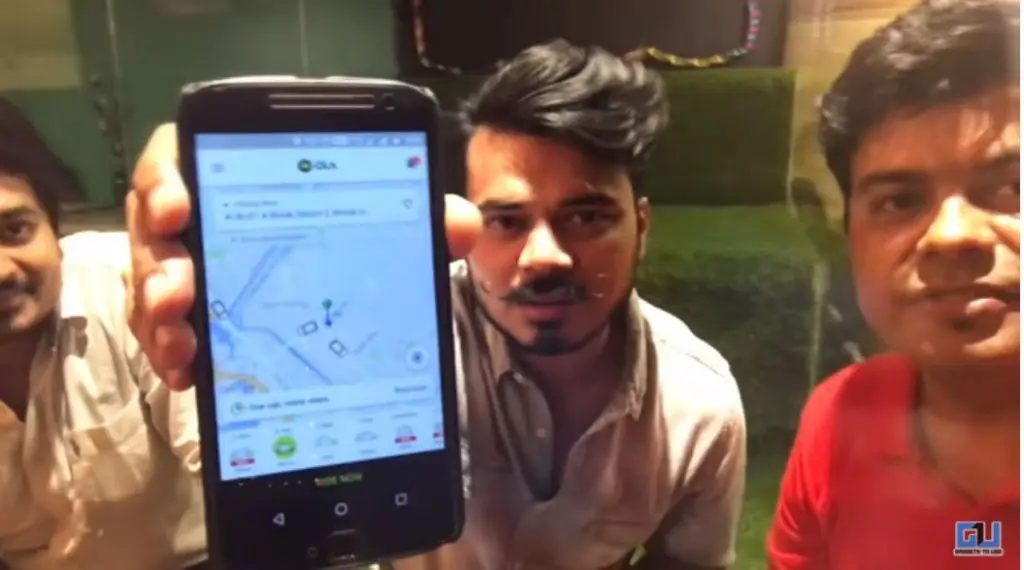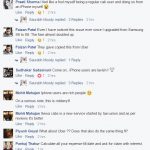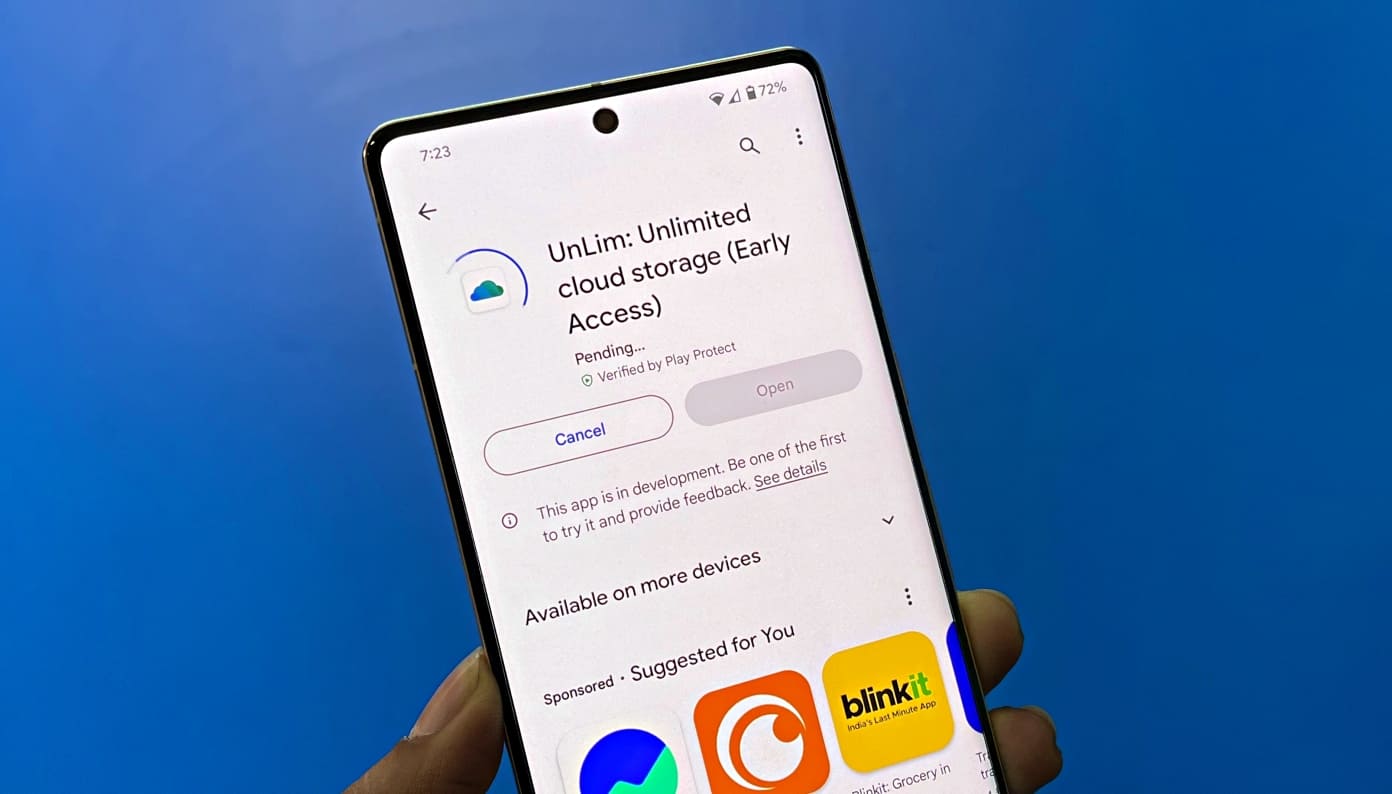Cab aggregator services like Ola and Uber have been a big boon to Indian passengers, making it easier to get from one place to another. One of the best things about these services is the promise of best pricing and not having to haggle/bargain with the drivers. However, is the pricing really the best? We went out to test these claims of Ola and were shocked to find out the reality.
When you book cabs using Ola’s app, you are told that the service calculates the best fares depending on the demand and supply constraints, the distance, the traffic, the amount of time it would take to reach the destination and other similar metrics. What Ola does not tell you is that they also decide the “best” fare to charge you depending on your smartphone and whether you use Ola Money wallet to pay.
In our tests, we took a low end phone like a Moto G4 Plus and a high end phone like an iPhone 7 to find out the disparities in the fares being charged to both the customers.
Ola Charges On A Low-end Smartphone
Hey @Olacabs what would you like to say about this chor technique in your app to charge double the amount, watch at https://t.co/xTThccxhkT pic.twitter.com/bzonYG2DAG
— abhishekbhatnagar.eth (@abhishek) May 26, 2017
On the Moto G4 Plus, Ola did not apply any surge pricing while booking a Ola Micro. The low end phone did not have balance in the Ola wallet. On this device, Ola showed a fare of Rs. 126. This fare was not affected by surge pricing. So, yes, the low end phone was actually shown the best price for the route.
Ola Charges On A High-end Smartphone
On the iPhone 7, Ola showed a surge pricing of 2X. The high end phone user had money in his Ola wallet. We entered the same pickup and drop location as the low end phone. For the same destination, Ola showed a fare between Rs. 220-232 compared to Rs. 126 on the G4 Plus. The black dot on the Ola Micro option indicates that Surge Pricing is being applied on it.
Ola Charges On A Low-end vs High-end Smartphone
When we used a low end phone to book a ride from Point A to Point B, Ola showed a fare of Rs. 126. On a high end device, the fare for the same pickup location and destination increased from Rs. 126 to Rs. 232. The price almost doubled even though we tried booking a ride from the same location at the same time. Both the devices were trying to book an Ola Micro. This shows that Ola is adopting differential pricing on the basis of devices.
There are some who say that differential pricing is good as those who have high end devices can afford to pay more. But, if you were in this position, would you be comfortable paying double the fare than users with a low end smartphone? Fancy this, if you would have taken Ola rides worth Rs. 10,000, you would end up paying nearly Rs. 5,000 extra due to differential pricing because you are using a high end smartphone.
In comparison, a low end smartphone user would have paid only Rs. 5,000 instead of Rs. 10,000
Users have been talking about Ola’s differential pricing tactic as well.








